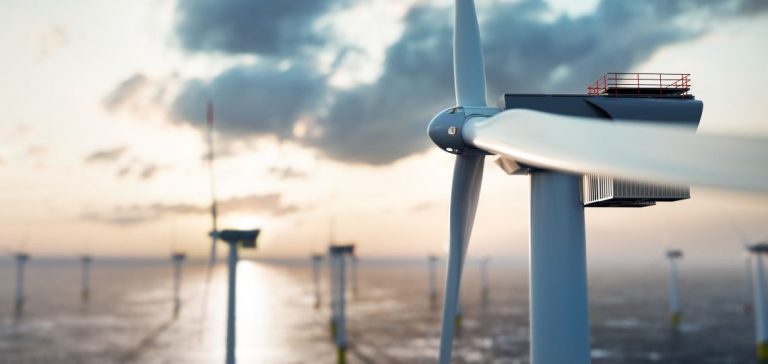Abraxas Power Corp., a leading developer in the energy transition, and its subsidiary Exploits Valley Renewable Energy Corporation (EVREC) have announced the submission of the environmental assessment registration with the Department of Environment and Climate Change of the Government of Newfoundland and Labrador for their green energy hub project in the Botwood area.
EVREC’s project aims to develop a 3.5 gigawatt (GW) onshore wind farm associated with energy and molecular storage facilities, powering the production of green hydrogen (H₂) and green ammonia (NH₃). This initiative is expected to generate up to 200,000 tons of green hydrogen and up to 1,000,000 tons of green ammonia annually for export to global markets.
A Major Project in Central Newfoundland
In 2023, EVREC was granted access to over 300 square kilometers of crown lands by the province of Newfoundland and Labrador for the development of this project in Central Newfoundland. Since this land access award, EVREC has significantly advanced pre-construction activities, including environmental data collection, resource measurement, and public consultations.
The project, whose final design depends on these ongoing assessments and activities, represents a total capital investment estimated at CAD$12 billion. According to an Economic Impact Assessment published by Jupia Consulting, the project is expected to have significant impacts on the provincial economy.
A Major Economic Impact for Newfoundland and Labrador
The economic impact study predicts that EVREC’s project will increase the provincial Gross Domestic Product (GDP) by CAD$7.8 billion over the 34-year lifespan of the project (in 2024 dollars), excluding GDP impacts arising from spending tax and royalty revenues. Additionally, it is expected to contribute CAD$3.1 billion in employment income within the province.
The project will support 10,900 person-years of employment during the four years of construction and over 21,600 during the 34-year operating period. It is also expected to boost annual household spending in Newfoundland and Labrador by over CAD$2.2 billion and contribute CAD$220 million in tax revenue to municipal governments over a 38-year period (CAPEX and OPEX phases). The provincial government is estimated to receive CAD$8 billion, and the federal government CAD$1.6 billion from in-province activity alone.
Colter Eadie, CEO of Abraxas Power, stated: “Today marks a pivotal milestone for EVREC as we register the Project with the Government of Newfoundland and Labrador. This project is not just about harnessing the power of natural resources; it’s about developing a strong partnership with our local communities as we transform the future of energy. This initiative will boost Newfoundland’s economy by creating substantial high-skilled job opportunities and fostering economic stability and vibrant, thriving communities.”
About Abraxas Power
Abraxas Power is an innovative energy transition developer focused on decarbonizing hard-to-abate sectors and creating value by solving the current and future challenges of the energy transition. Abraxas Power’s broad mandate allows it to identify opportunities across technologies and geographies to transform the global energy industry.
The Abraxas team has extensive experience in leading, financing, and addressing the challenges associated with the energy transition, with a proven track record of delivering complex, large-scale development projects across various disciplines, including renewable power and storage, hydrogen and ammonia production, industrial and precious metals, large-scale project construction, and operations at scale.






















